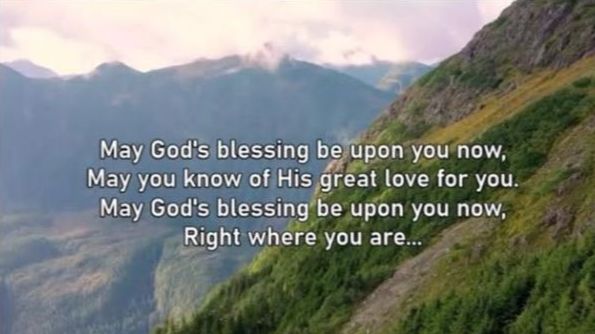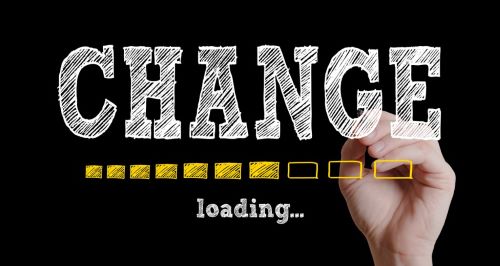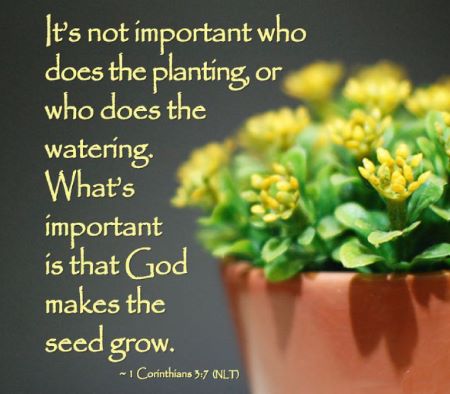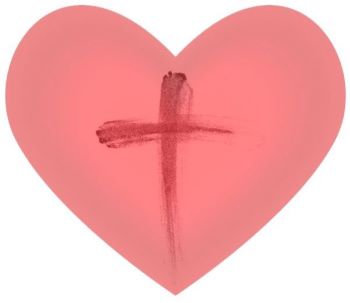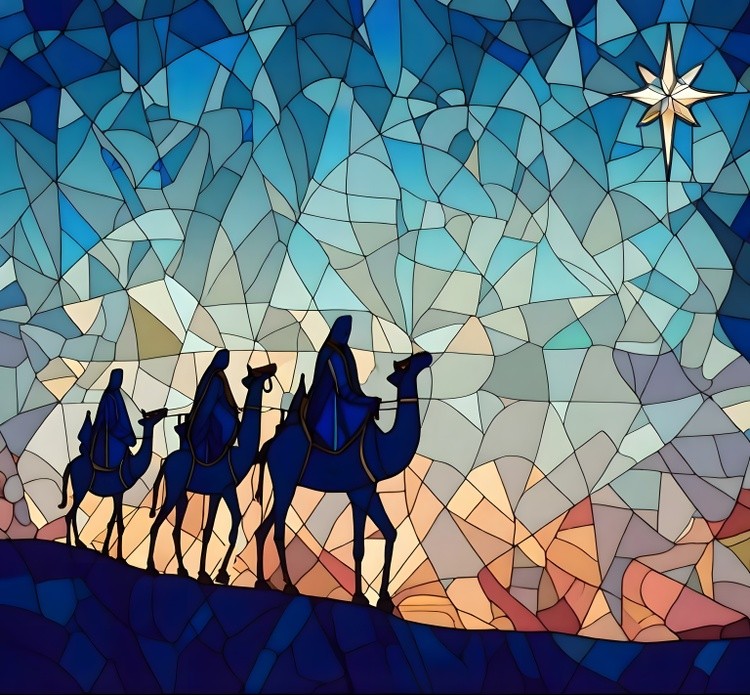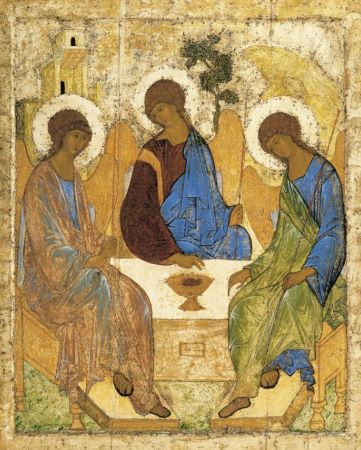
Not Alike But Alike
Those who know Sesame Street, know the song “One of These Things is not Like the Others.” It’s a fun way of teaching children to recognize differences and similarities, to discern patterns, and exceptions to those patterns. To learn about sizes, colors, shapes, numbers, animals, you (just about) name it. It’s not designed to be difficult. It’s not designed so they get it wrong. It’s designed so they succeed in identifying the one that’s different from the others in that particular group while they also learn. And they learn in (good) ways we can hardly believe.
Life is full of this kind of learning. I’m convinced that the primary way we learn, is in terms of contrasts. We learn about and know who we are, by knowing who we’re not. We learn about hundreds of thousands of things, and we learn how they’re different from each other; and then we learn that within a particular field, within a particular discipline, the depth of difference increases. For woodworkers, there’s not just one kind of hammer, but perhaps dozens of kinds of hammers; not just one kind of saw, but many kinds of saws; not just one kind of screwdriver, but all kinds of screwdrivers; and all designed for a particular job. And it’s not just that way for those like woodworkers, or plumbers, or surgeons who work with many kinds of tools; but it’s also that way for those who work with ideas and concepts. There are educational theories, economic theories, social, and psychological theories; all with subtle differences within each discipline, all directed to particular variables or groups of people, and all with different goals in mind.
But yet, the many hammers can be distilled back into the idea (or archetype) of “hammer,” the many saws can be distilled back into the archetype of “saw,” and so on. And ideas and concepts can all telescope back to simple(r) ideas like learning, commerce, getting along in community, and with oneself.
There’s a unity that exists amidst diversity. A unity that celebrates the diversity of divine and human creativity and difference, and yet connects it all back to the unity that exists at the core of everything.
On June 4 we celebrate Trinity Sunday. We celebrate the Holy Trinity: Father, Son, and Holy Spirit. The Creator, Redeemer, and Sustainer. There is a deep mystery about the Holy Trinity which we can only begin to understand. Books have been written and seminary courses have been taught (both of which can cause headaches) about the three persons of the Holy Trinity: of the same substance but distinct; and in a co-eternal and mutually interpenetrating dance of eternal love. We wonder how such a thing can be possible. One image that helps –– but which is much closer to the level of Sesame Street than it is to that of high-energy particle physics –– is that of steam, liquid water, and ice. All three of these things are of the same substance, but are different. All of these things ARE like the other, but are simultaneously different. The Trinity existed before space and time existed, and it transcends them now.
Presiding Bp. Katharine Jefferts Schori wrote: “Recall Rublev’s great icon of the Trinity, and the way in which each of the members of the Trinity looks in a different direction. They are not gazing out into space, however; but at another being, at another of those present around the circle. If we are created in the image of that social God, we too are invited to look as God does, toward another image of God, to turn our eyes upon Jesus, and also on the many images of God all around us.”
There are some differences between the Episcopal and the Lutheran denominations in liturgy and polity, differences about bishops, and differences in being a confessional church or not; but the Called to Common Mission covenant has affirmed that at our cores, we are more the same than we are different –– that’s why Lutheran pastors may serve Episcopal churches and Episcopal priests may serve Lutheran parishes. We don’t see our differences as stumbling blocks, but as testimony to God’s diversity and creative power.
And as more and more denominations establish full-communion agreements with each other, and continue to explore the ways in which we can worship together, engage in outreach and mission together, and conserve resources and treasure; we will continue to experience greater unity within our own unique diversities. And we will see the beauty and diversity in the created world being deeply connected to the Oneness of God.
There’s a unity that connects all diversity. A unity which exists at the core of everything. A unity which is the lowest common denominator of everything. A unity which connects the macroscopic and the microscopic –– the galaxy 13 billion light years away and the quantum particle that’s right here –– that unity is the Trinity. That unity is love.

